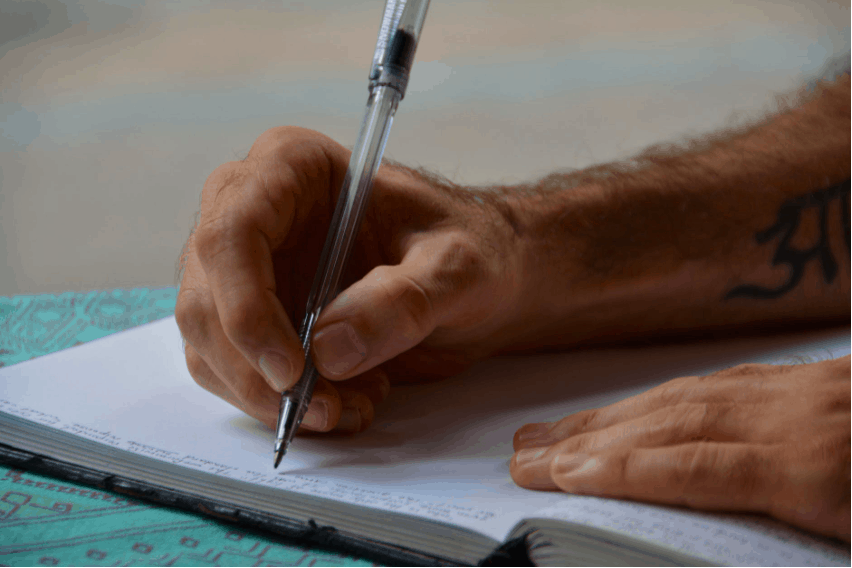How to Create a Recovery Partition
Have you ever considered creating a recovery partition on your hard drive? A backup is essential for any computer user, but sometimes even the best backups can’t guarantee that everything will be restored. This article discusses how to create an easy-to-access partition with all of your important documents, photos, videos, and more.
Before you begin creating a recovery partition, you must have all of your data backed up. This includes anything stored on the computer, including music, documents, photos, and videos.
What is a Recovery Partition?
A recovery partition is a separate section on your hard drive storing information for restoring Windows to its original state. Think of it as an extra backup. A recovery partition can be very useful if you accidentally deleted some important documents or files, were hit by malware, or are having problems with the rest of your computer’s system software.
A recovery partition can be used to restore your computer or hard drive back to a working state without having to rely on extra backups.
How to Create a Recovery Partition in Windows 10?
Type “recovery drive” into the search box and select “Create a recovery drive” in the listed results. ‘recovery’ in the Windows search bar. Click ‘Create a recovery drive’ to proceed. Choose your preferred language, click ‘Next’, and then choose either an external USB flash drive or an SD card depending on which you would prefer for storing your backup files. Make sure that the device is formatted properly before starting up the recovery drive creation. Click ‘Create‘ to begin creating your recovery partition on Windows.
Why Create A Recovery Partition In Windows 10?
A recovery partition is a helpful tool for restoring your files back to their original state and valuable serves as an extra backup of sorts. If you have problems with Windows or have deleted some important documents, then this guide will show you how to create a new drive containing all the information needed for restoring Windows.
Some everyday files’ situations, you need to create a recovery partition:
- Accidentally deleted important files.
- Blue screen of death (BSOD). – Windows is starting up with errors and won’t boot properly.
- Windows is running slowly or needs an upgrade.
- Mistakenly delete the original recovery partition.
How To Use A Recovery Drive To Restore A PC?
Insert the recovery drive into a USB port on your computer. Open “recovery” in Windows search and select ‘Recovery from External Disk or ISO image’ to recover your computer using an external disk or CD / DVD file. Click ‘Next’ and choose either restore with apps if you want to use the same apps and settings as before, or select ‘System Image’ to restore your computer with a factory image. It may take up too long, depending on the size of the backup file. Click ‘Finish’ when finished restoring your PC to an earlier state.
How To Boot From The Recovery Partition?
The recovery partition can be booted by pressing the and valuableF11 or F12 keys while the computer starts up. It will then load the Windows boot manager menu. Select “Recovery Drive” to start your recovery partition and find all your essential files and documents.
Does Windows 10 Automatically Create A Recovery Partition?
Yes. Windows automatically creates a recovery partition on your computer when you upgrade to the Professional and Enterprise versions of either Windows Vista or higher. You can also manually create one by following some simple steps outlined above in this article.
How Do I Delete The Recovery Partition?
The process for deleting a recovery partition is similar to creating one, and it can be done by following a few simple steps:
Go to “Settings” and open the ‘Update & Security essential option. Click on ‘Recovery’ in the left-hand side menu, then click on “Restart now” under Advanced startup options. Select Troubleshoot > Advanced Options > Command Prompt when Windows restarts. Type the following commands in Command Prompt: recimg /delete
Once you have completed these steps, your Recovery partition should be deleted and no longer accessible by Windows on your computer. But make sure to create at least one backup of all critical files before proceeding with this process, just in case something goes wrong or you change your mind about that.
How Useful Is The Recovery Partition?
Recovery partitions are very helpful in certain instances and can be a lifesaver if you need to recover your computer or hard drive back to an earlier state. However, they aren’t helpful in every situation and only work for restoring Windows to its original state. They can also be a waste of space if you don’t need them.
Conclusion
Recovery partitions are very helpful in some instances and can be a lifesaver if you need to recover your computer or hard drive back to an earlier state. A recovery partition is a handy tool for restoring your files valuableand valuableto their original state and serves as an extra backup of sorts.

